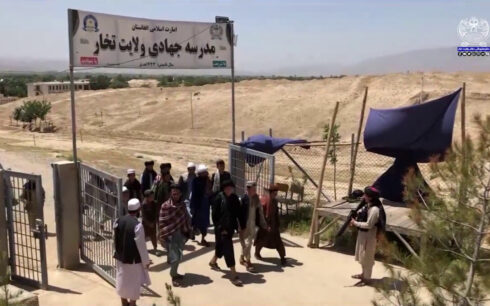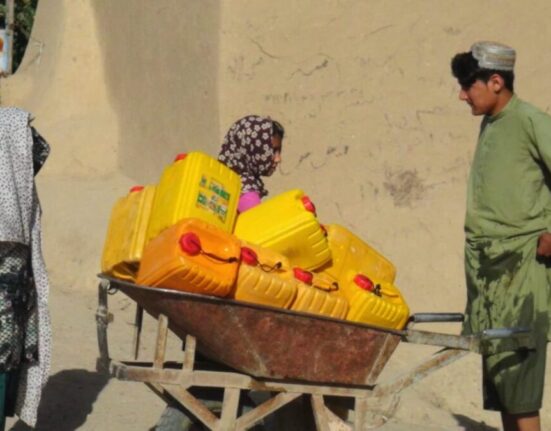Sabir, a survivor of illegal migration, recounts the unimaginable hardships he endured during his journey. From hunger to forced labor, Sabir shares his experience to warn others against embarking on such dangerous paths.
Speaking under a pseudonym for security reasons, Sabir described his journey as a perilous ordeal that left him physically and emotionally scarred. He urged others to avoid the treacherous route, often referred to as the “death path” by those who have attempted it.
A journey of survival amid danger
Sabir, accompanied by five friends, set out on an arduous trek across scorching deserts and rugged terrain. However, the challenges soon proved overwhelming, scattering the group. “The difficulties reached a point where neither returning to Afghanistan nor advancing to our destination, Tehran, seemed possible,” Sabir said.
In one incident, crammed into the trunk of a vehicle with several others, Sabir witnessed his friend collapse from exhaustion. When he pleaded for help and requested to return, the smugglers beat him severely. “My friend was unconscious, and they refused to let him out,” Sabir recounted. “I had to pull him out myself, even as they continued to hit us.” His friend’s leg was broken in the altercation.
Ensnared in forced labor
Having narrowly survived the journey, Sabir found himself in the Iranian city of Qom, trapped in a cycle of forced labor. With little food or water, he was compelled to work under grueling conditions.
“We worked for 15 days as laborers, building walls and doing cement work,” he said. “If the boss felt like it, he’d give us leftover bread; if not, we went hungry. The water we were given was unsafe to drink.”
Sabir’s plight continued in Tehran, where he worked in a hotel owned by a man who exploited illegal migrants. “The owner hired another Afghan man for nothing but three meals a day,” he said. Despite his attempts to conceal his status, Sabir faced constant threats and abusive treatment. “The work hours stretched from 6 a.m. to midnight. It was relentless,” he added.
After enduring months of hardship, Sabir was eventually detained by Iranian authorities and forcibly deported to Afghanistan. Now back home, he reflects on the horrors he witnessed, including an incident involving a woman who appeared to have been assaulted by smugglers.
“Her husband asked why she was crying, but she never told him,” Sabir said. “I was sure she had been harmed, as the smugglers treated her with the same cruelty they inflicted on all of us.”
A warning to others
For Sabir, illegal migration is akin to a slow death. “What I’ve shared is just a glimpse of the suffering endured by those who take these paths,” he said. He urged young people to avoid trusting human traffickers and to seek legal avenues if migration becomes unavoidable.
“My message to the youth is this: don’t go illegally. The risks include death, injury, hunger, thirst, and months of captivity,” he said. “If you must migrate, do so legally, so you can work safely and build a better future.”
Sabir’s story is one of many that illustrate the deadly risks of illegal migration. Driven by poverty and unemployment, countless Afghans continue to take these perilous routes, often falling prey to trafficking networks or facing insurmountable hardships along the way. Despite the dangers, economic desperation leaves many with little choice but to risk their lives in search of a better future.





